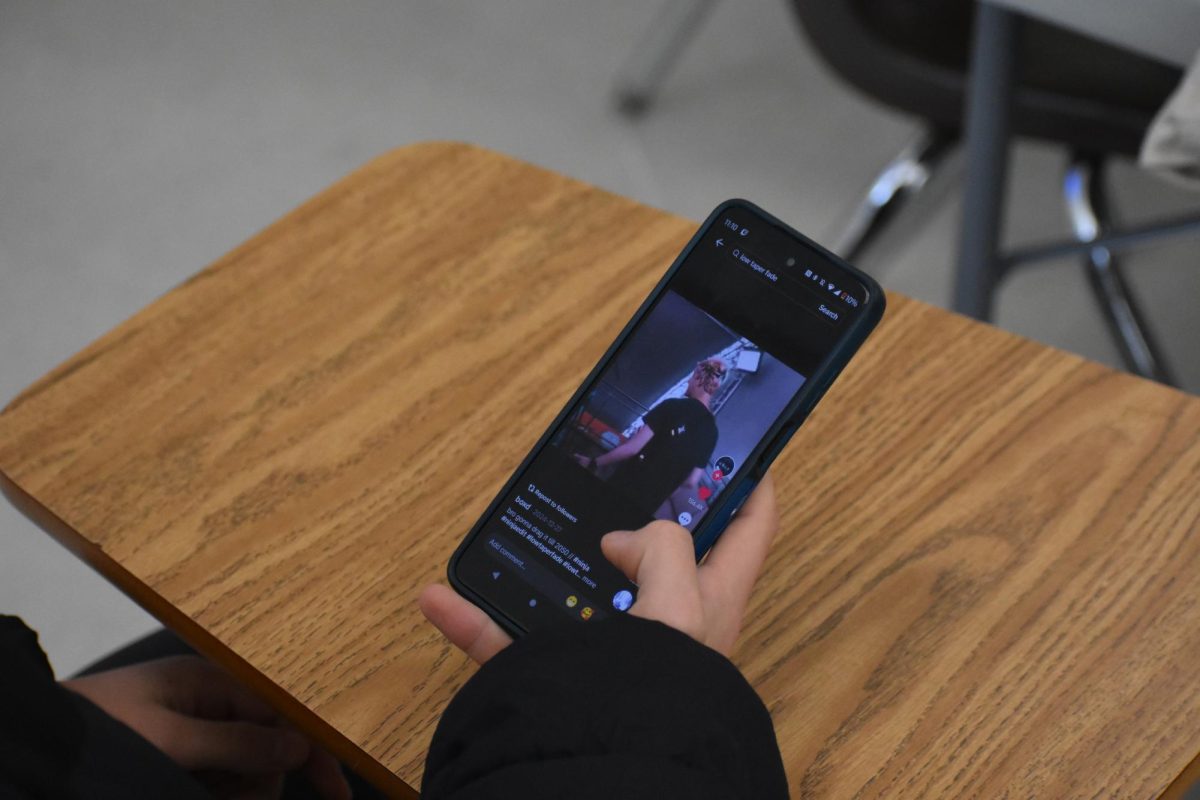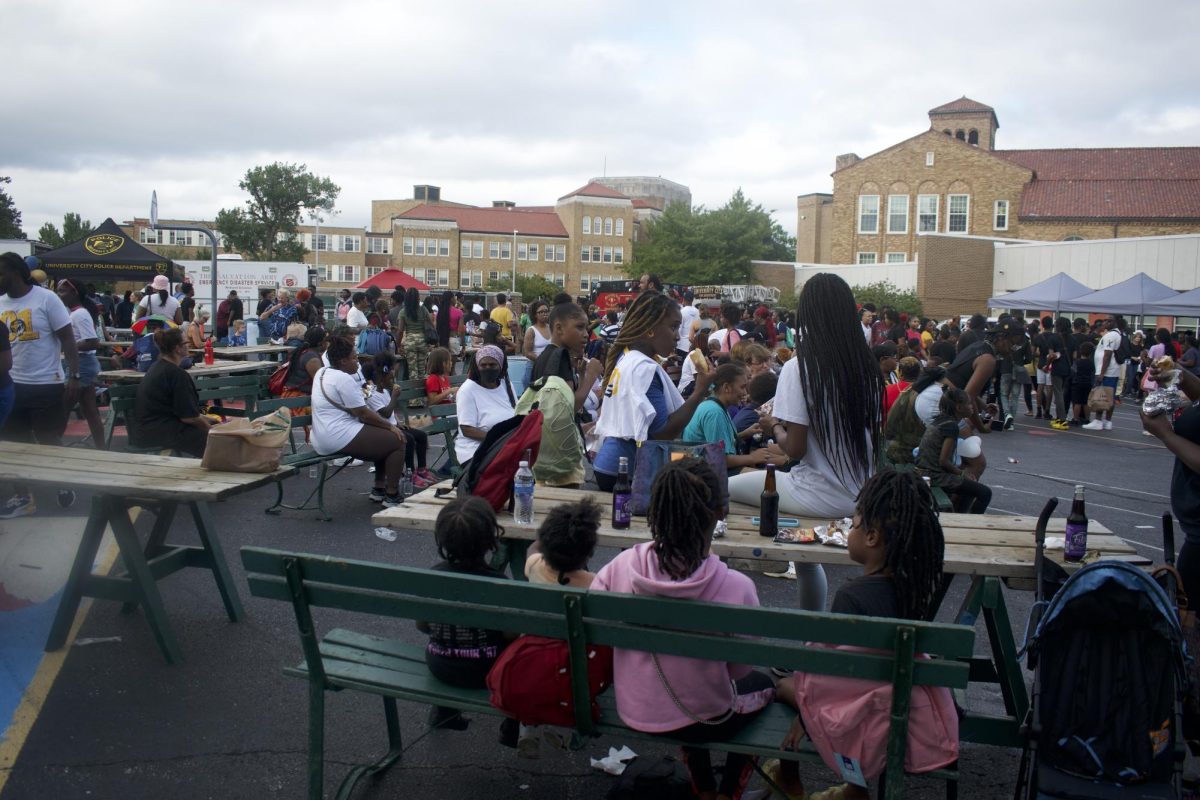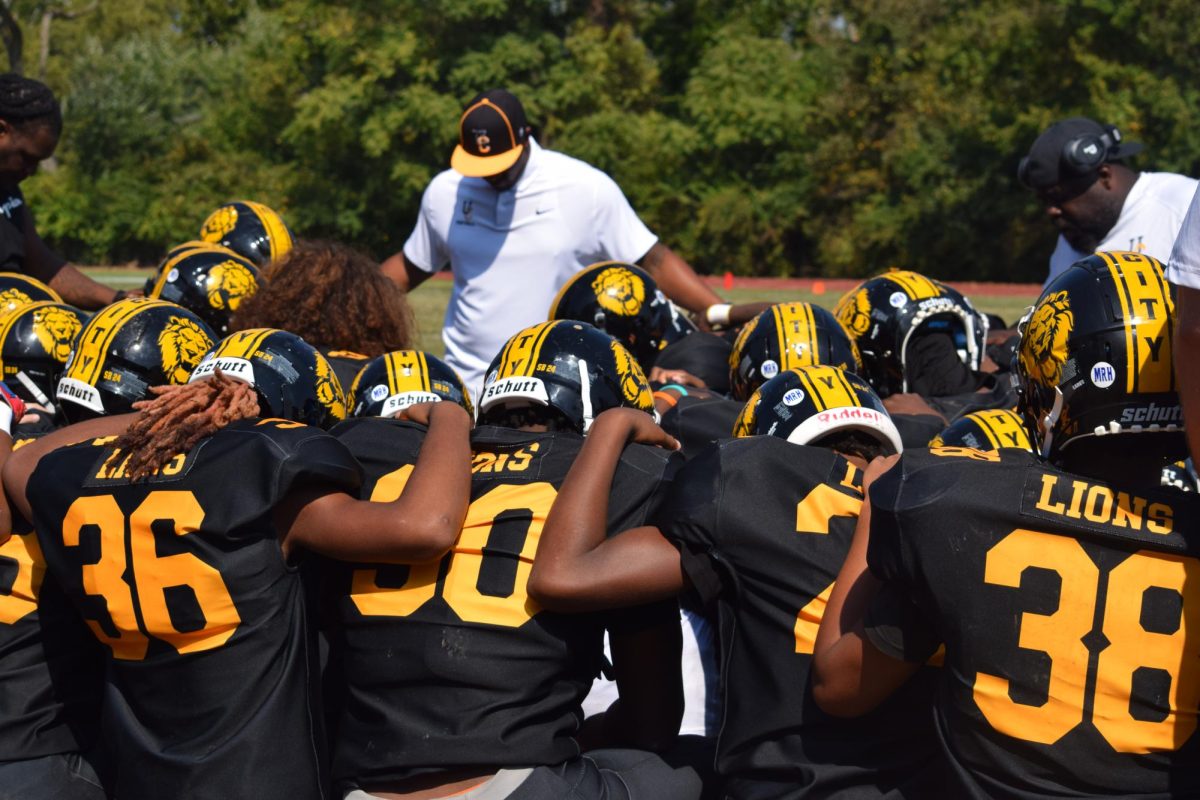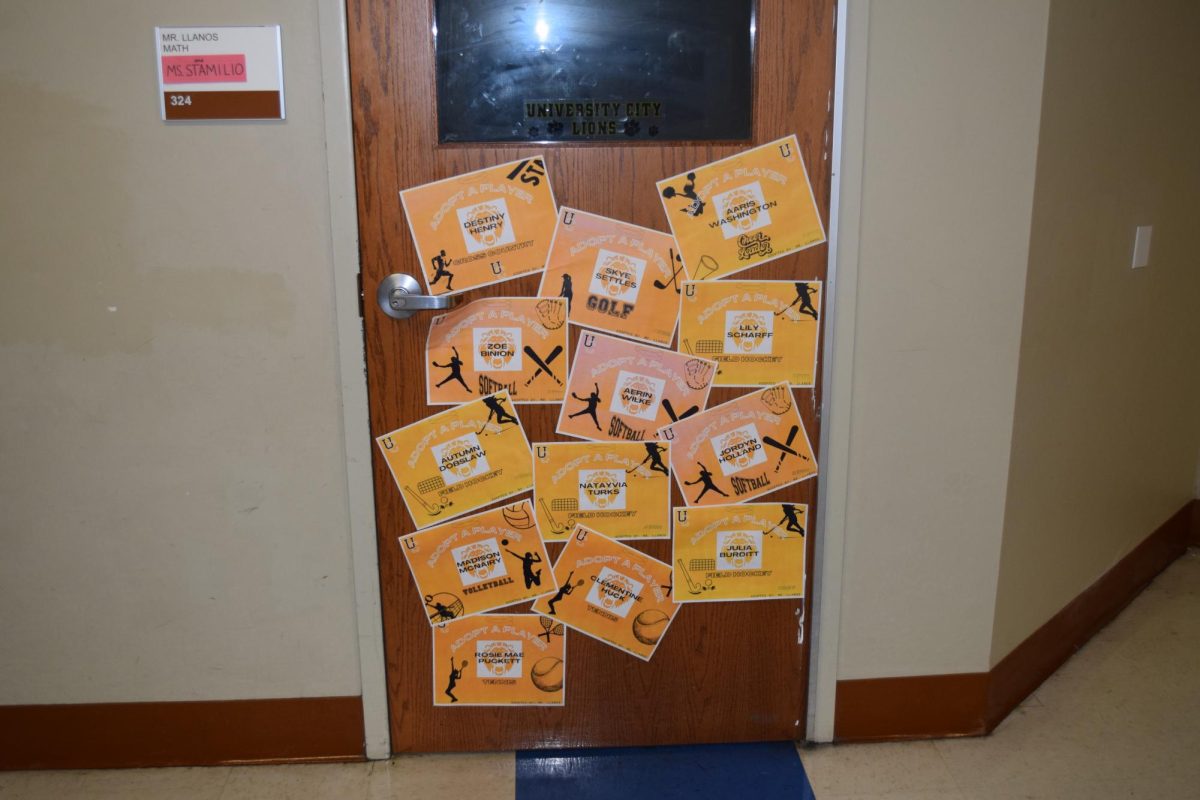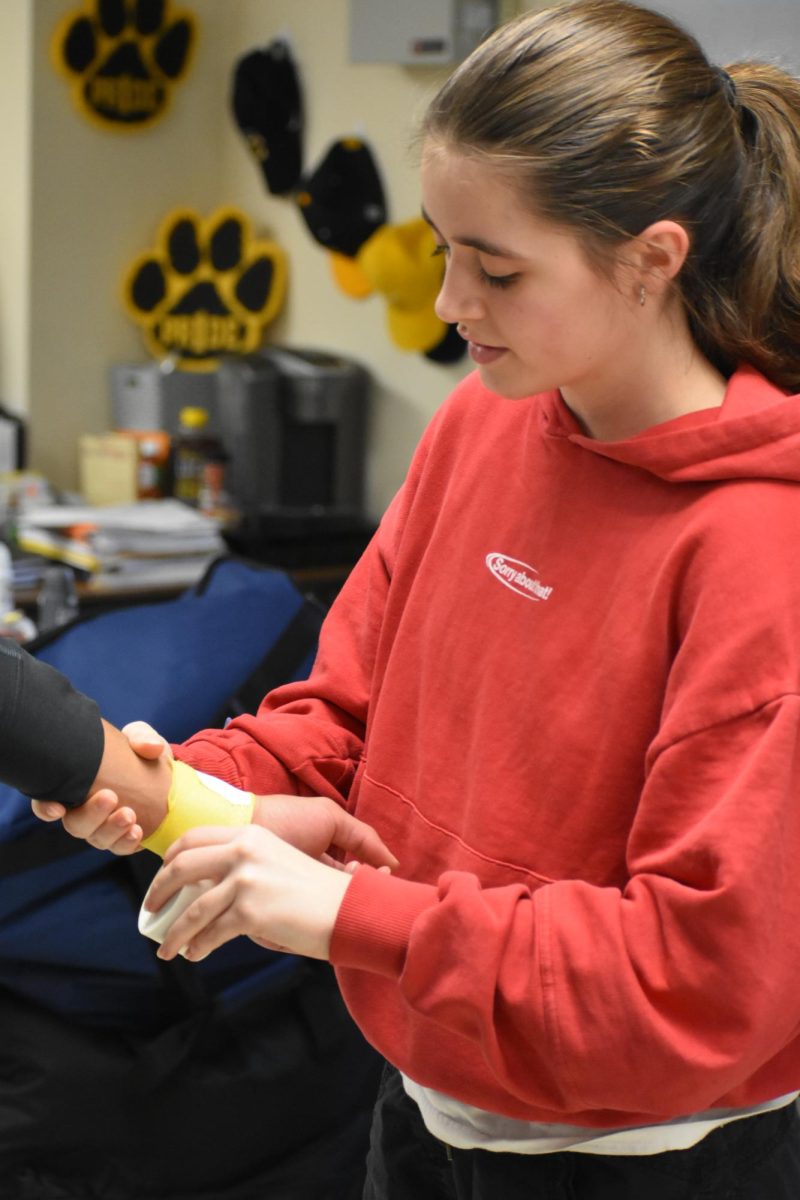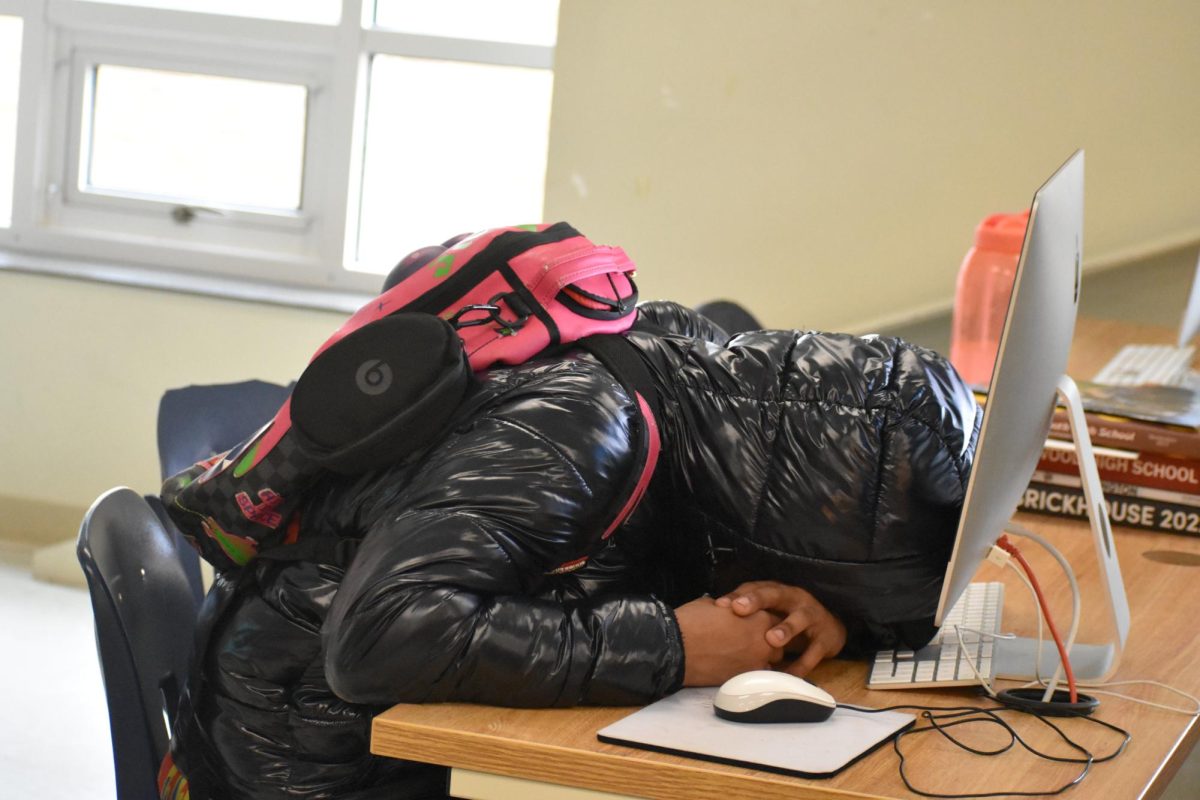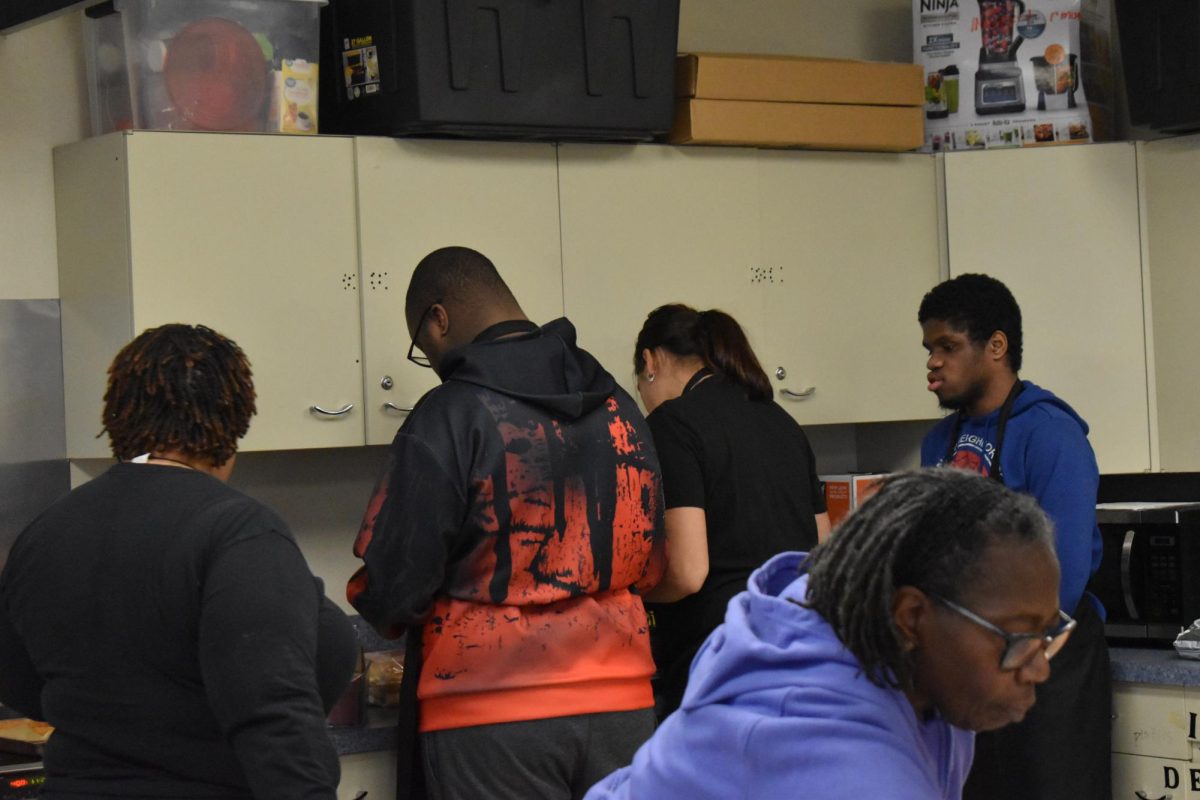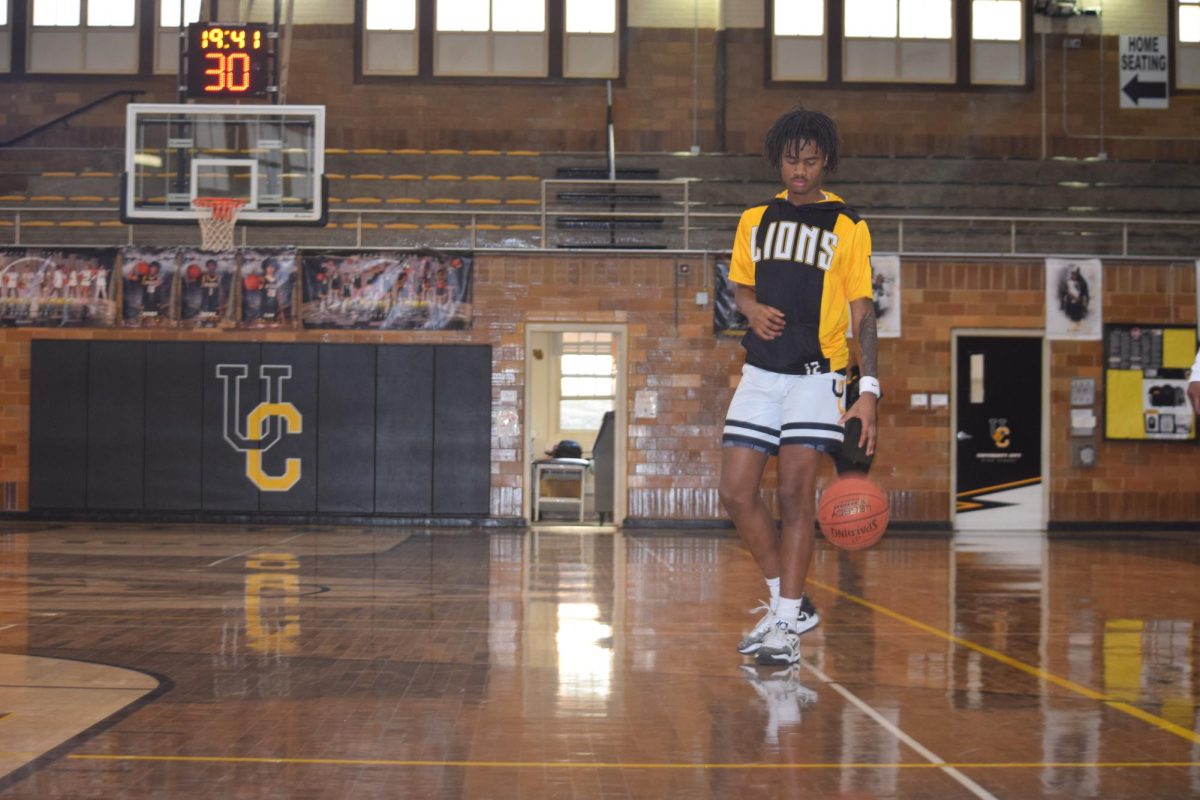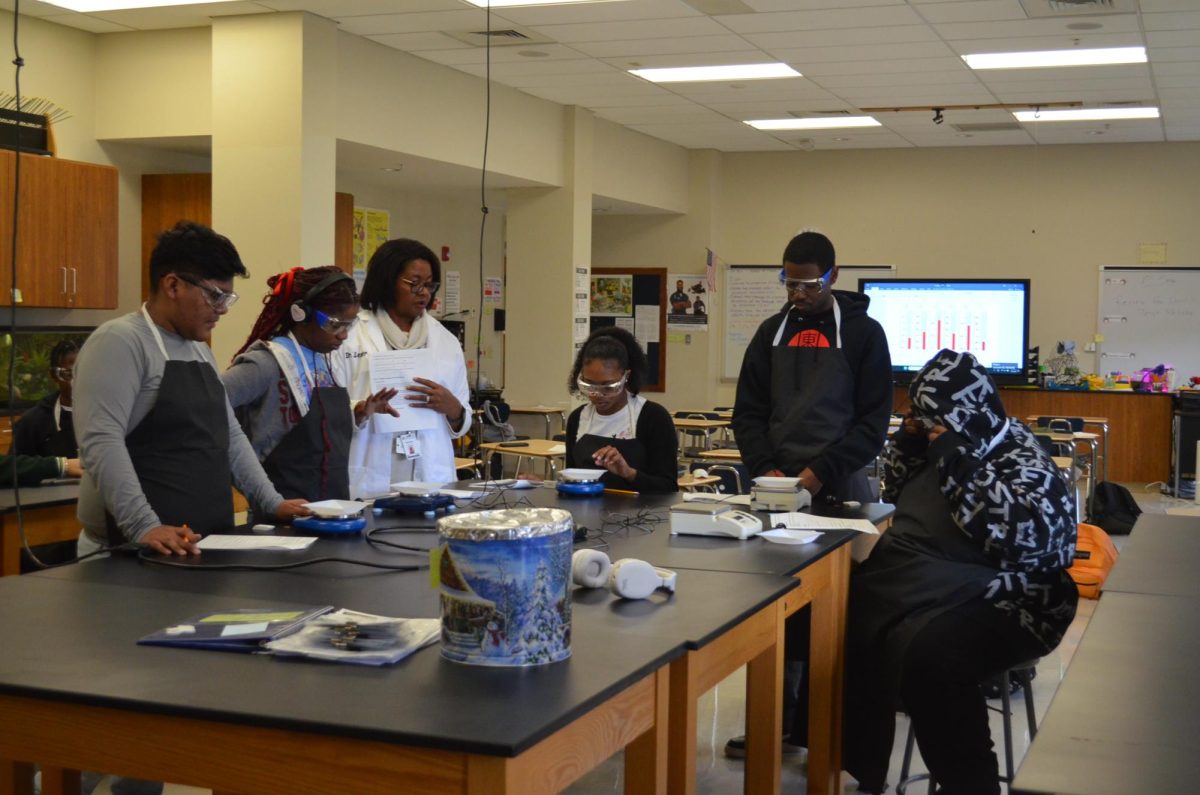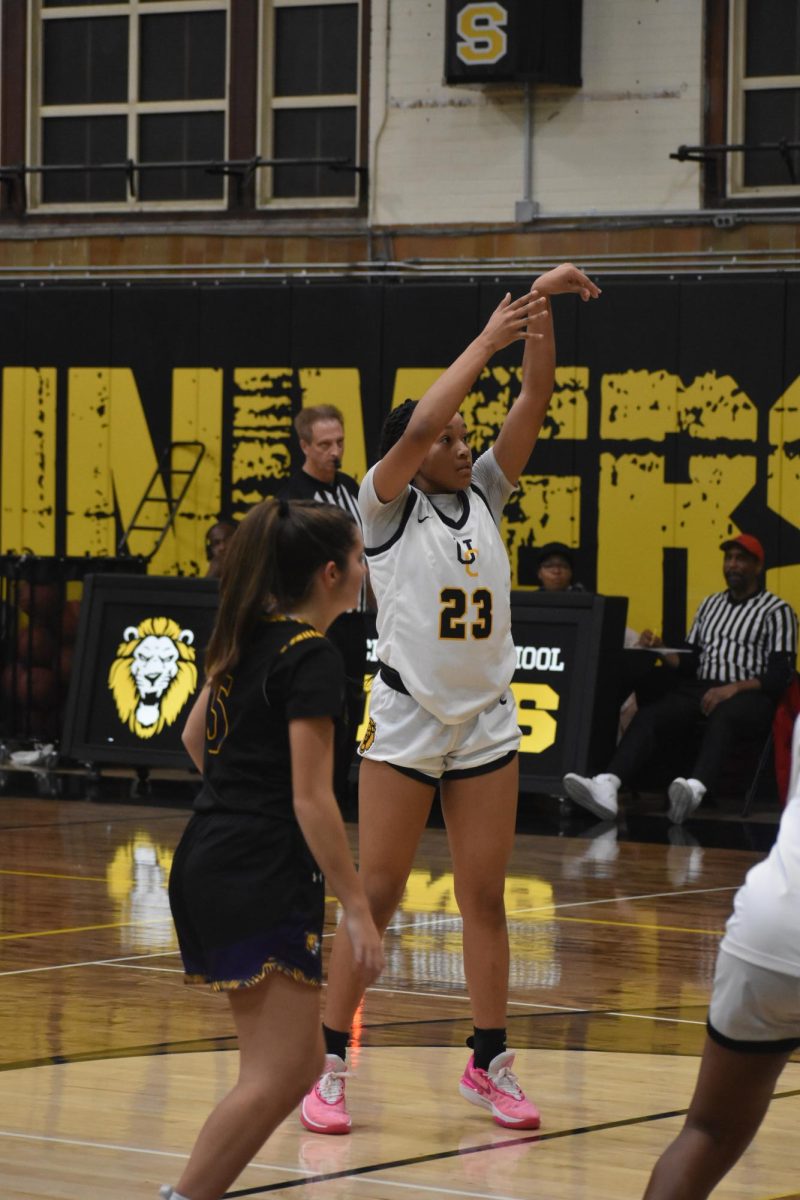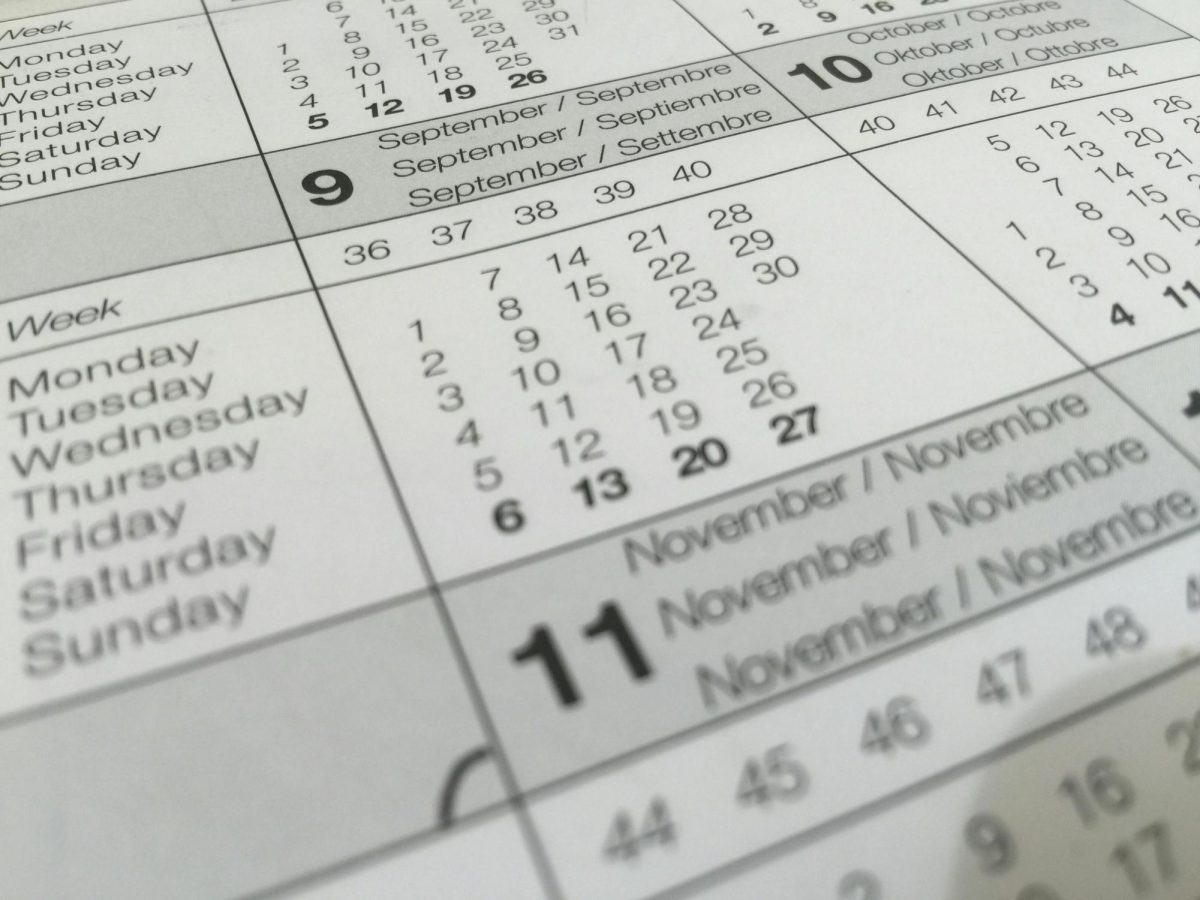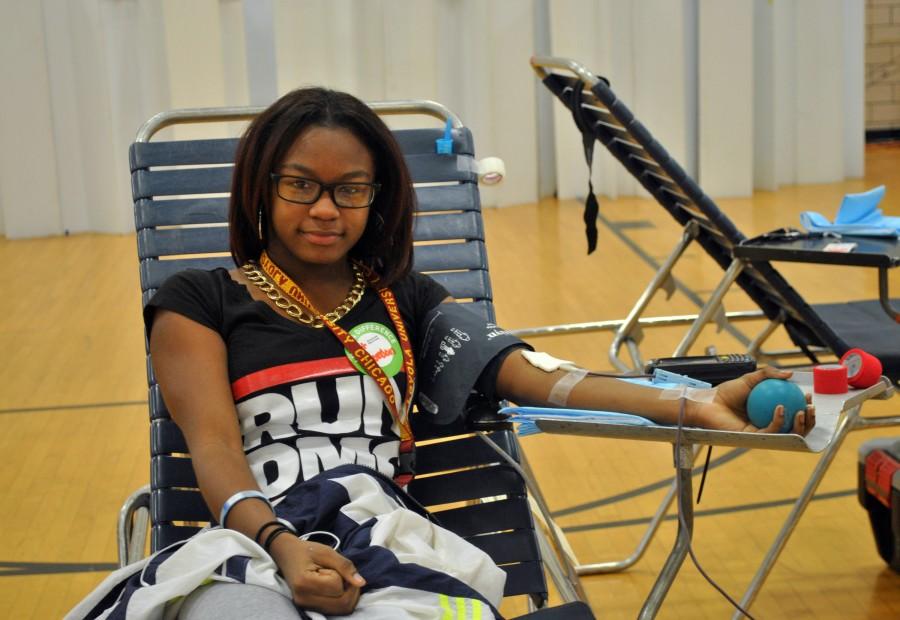Sitting in two rows of folding chairs, they waited in the small gym. Some sat still and quiet. Some joked with their friends. Others paged through a booklet produced by the Red Cross with “Welcome” printed across the front. Most had two things in common: they had signed up for the September JROTC blood drive, and they were nervous.
“I was scared. I went and used the restroom twice before I did it,” Marquise Williams, junior, said.
Jordan Jennings, junior, was also apprehensive but felt it was worth it.
“I would’ve wanted somebody to donate blood to me if I needed it,” she said.
One by one, the hopeful donors were called into a curtained area to determine their eligibility. According to Colonel Henson of JROTC, one of the drive organizers, 20 of the 62 would-be donors were turned away, either for being underweight, having low iron, or because the nurses couldn’t find a vein. Windon was one of them.
“I’m so sad,” she said. “I just wanted to do it. Oh, well; I guess I’ll just do it next year.”
Each of the eligible donors was escorted to a lounge-style chair where a nurse disinfected their arm and inserted a needle. Donors were given a stress ball to squeeze as their red-black blood snaked through a tube to a pint-sized clear bag. The average person has about 10 pints of blood, according to redcrossblood.org.
Some donors expressed concerns but were quickly reassured.
“You’re helping to save three people’s lives,” a nurse told one student. “Just breathe in through your nose and out through your mouth.”
After the 10- to 15-minute procedure, donors’ arms were bandaged and they were given snacks and drinks before heading back to class.
Henson lauded the students and staff for their generosity in each of the blood drive’s five years. Not once throughout the twice-annual blood drives has the donation goal been missed, he said.
“We get outstanding support from the faculty, staff, and administration,” Henson said, as well as from the students. “That’s really one thing that surprised me the first time, the number of students willing to give blood.”
Although most donors started out nervous, they ended up feeling good about themselves.
“That day I went home. I was feeling really bad,” Jennings said. “But now I feel better, like a hero, I guess.”

